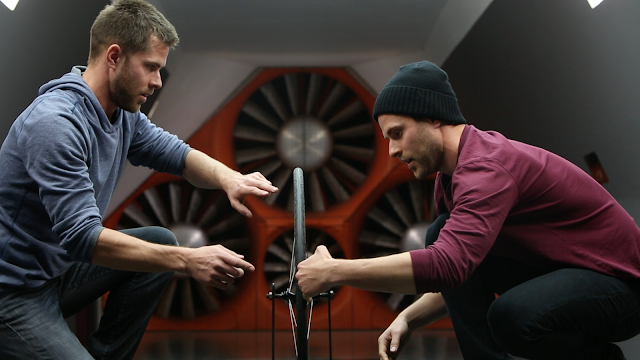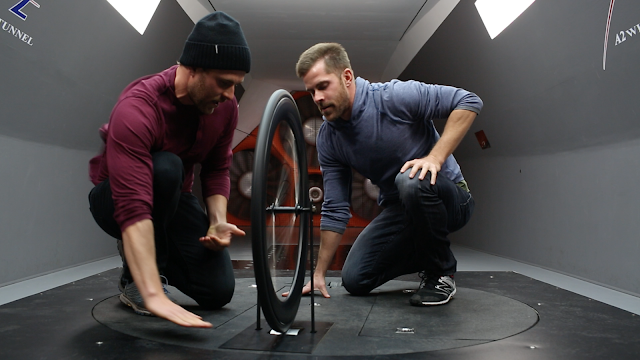Legacy Article: The data discussed in this article is taken from our previous generation of wheels.
In 2014, we sat down to redesign our FLO Cycling wheel line. This five-step design process took 15 months to complete and this blog series covers the design process in detail. This is Step 5 of our five-step design process. To learn more about Steps 1-4, please check out the links below.
Proving Our CFD Results in Real Life
In Step 4 of this series we discussed how we drastically improved the aerodynamics of our rims using computational fluid dynamics (CFD) software. Getting results in CFD is one thing, but to get proof that your designs provide a real-world improvement, you need to test them in a wind tunnel. We visited the A2 Wind Tunnel to put our wheels to the ultimate test.
Visiting the A2 Wind Tunnel in North Carolina
We took our 2012 FLO 60, FLO 90, and FLO DISC models to the wind tunnel and did a direct comparison to our new 2016 model wheels. The results that you get from a wind tunnel don’t mean much to the reader unless they understand the full testing protocol. We’ve always believed in fully disclosing our testing protocol, so we’ve listed it below.
FLO Cycling Wind Tunnel Protocol
- Tare was calculated and removed from all tests.
- A Mavic Open Pro with 32 round spokes was used as our baseline wheel.
- Each wheel was swept from 0-20 degrees of yaw, in 2.5 degree increments.
- The same tire was used for each test.
- The FLO DISC had the valve cover taped shut.
- Each measurement was taken twice and averaged.
- All tires were inflated to 95 psi and calibrated with a digital gauge.
 |
| Setting Tire Pressure to 95 psi with Silca’s “Truth” |
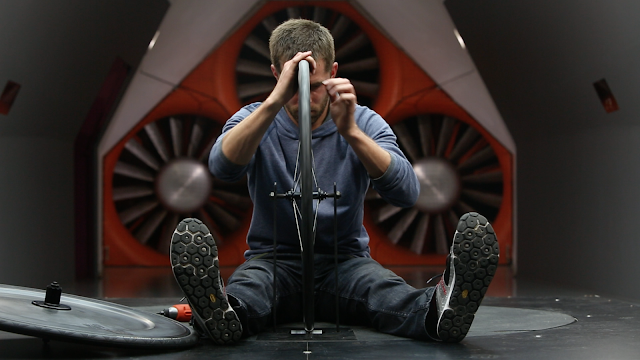 |
| Setting Up the FLO 60 Carbon Clincher at the A2 Wind Tunnel |
Tire Selection
We used the new FLO 60 Carbon as a baseline to test 20 different tires. After finding the best two tires, we tested all of the new wheel shapes with these tires. The two tires used for testing were the following.
- Continental GP 4000 S II in a 23mm size
- Schwable Ultremo ZX in a 23mm size
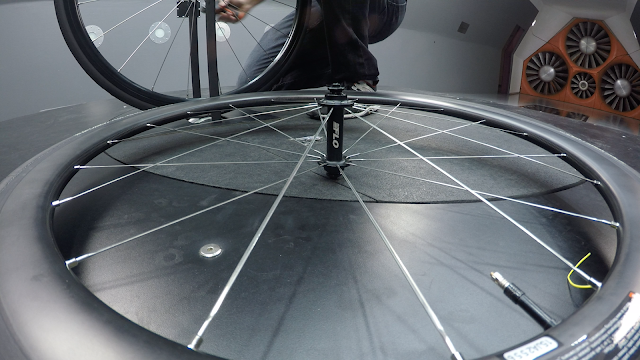 |
| Continental GP 4000 S II on the new FLO 60 Carbon Clincher at the A2 Wind Tunnel |
The Results
On top of showing an aero graph of grams of drag versus yaw angle, we have always believed in showing our results in what we like to call a Net Drag Reduction Value (NDRV). NDRV uses a weighted averaging function that calculates drag saving by considering the percentage of time spent at each yaw angle. From our data collected in Step 1 and our analysis in Step 2 of this series, we have a very good understanding of what type of yaw angles a rider experiences while on the road. Combining this data with our NDRV formula gives a rider a realistic estimate of how much time they will actually save using FLO wheels. We do this instead of assuming a rider spends 100 percent of their time at a wheel’s fastest yaw angle, and then calculating the times savings. For a full understanding of NDRV, check out our NDRV Article.
We have updated our 2012 NDRV formula. In 2012 we thought a rider spent 80 percent of their time between 10 and 20 degrees of yaw. Now we know that a rider actually spends 80 percent of their time between zero and 10 degrees of yaw. This discovery forced us to focus on designing wheels that were more aerodynamic at shallower yaw angles instead of focusing on designing wheels that were fast between 10 and 20 degrees of yaw. Our old estimates for how much time a 2012 FLO wheel would save you aren’t as accurate as they could have been, and we have recalculated them below. We have compared those to the new 2016 models.
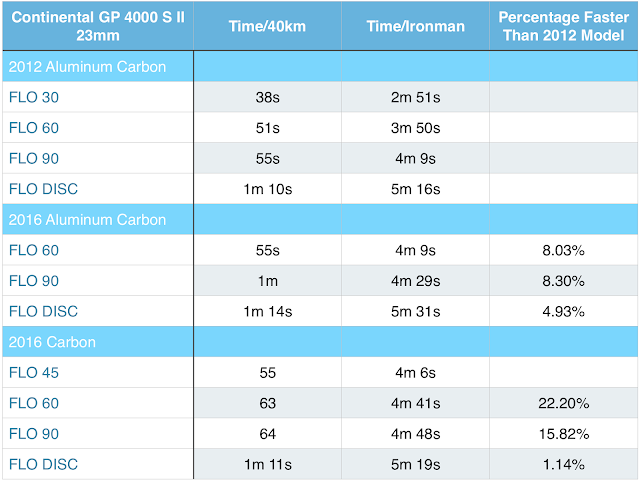 |
|
|
 |
| Time Saving Estimates and Percent Improvement for Schwalbe Ultremo ZX in 23mm Size |
 |
| Discussing Testing Results and Protocol at the A2 Wind Tunnel |
Final Thoughts on the Wheel Design Series
When you start any new engineering project, there are always a list of unknowns. Designing our 2016 wheel line was no different. We knew we wanted to create the fastest wheels we had ever designed, and in order to do so, we knew we had to take an approach that had never before been taken. Over a year ago when we started this process we had an idea, and a lot of hope that the entire plan would come together when we stepped into the wind tunnel in November of 2015. We were confident that our approach could work, but until you get the seal of approval from a wind tunnel, your design process is still just a idea. After seeing the results, we were beyond happy with our accomplishments. We were able to improve the aerodynamics of our best-selling front wheel, the front FLO 60, by over 28 percent, we were able to develop a 45mm wheel that was as faster than our old 90mm wheel, and we were even able to improve the aerodynamics of our DISC wheel, which is not an easy task to accomplish.
On top of redesigning our current Aluminum + Carbon FLO 60, FLO 90, and FLO DISC, we were able to produce four brand new Carbon Clincher wheels to add to our product line. The new Carbon Clincher FLO 45, FLO 60, FLO 90, and FLO DISC wheels are not only more aerodynamic than our old wheels, they are nearly a pound lighter per set, and more compliant on the road.
Everyone who has ridden the new product line has been very excited about its performance and we are confident that you will be too. Here’s to the 2016 season, and to our new product line.
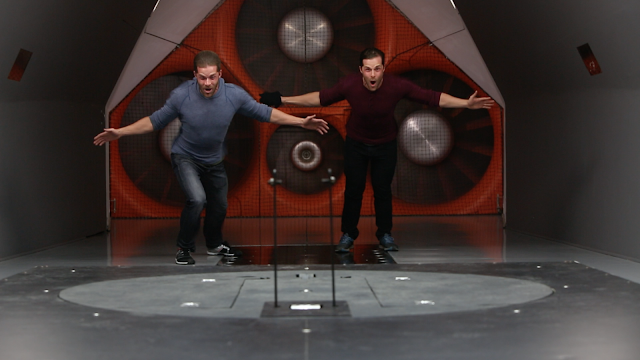 |
| Having Fun Trying to Stay on Two Feet with 80-Mile-per-Hour Wind at the A2 Wind Tunnel |
Please let us know if you have any questions about the article. We’d be happy to answer them for you.
Take care,
Jon and Chris

Co-founder at FLO Cycling. Jon manages the day to day operations and acts as the lead engineer for all FLO products.

